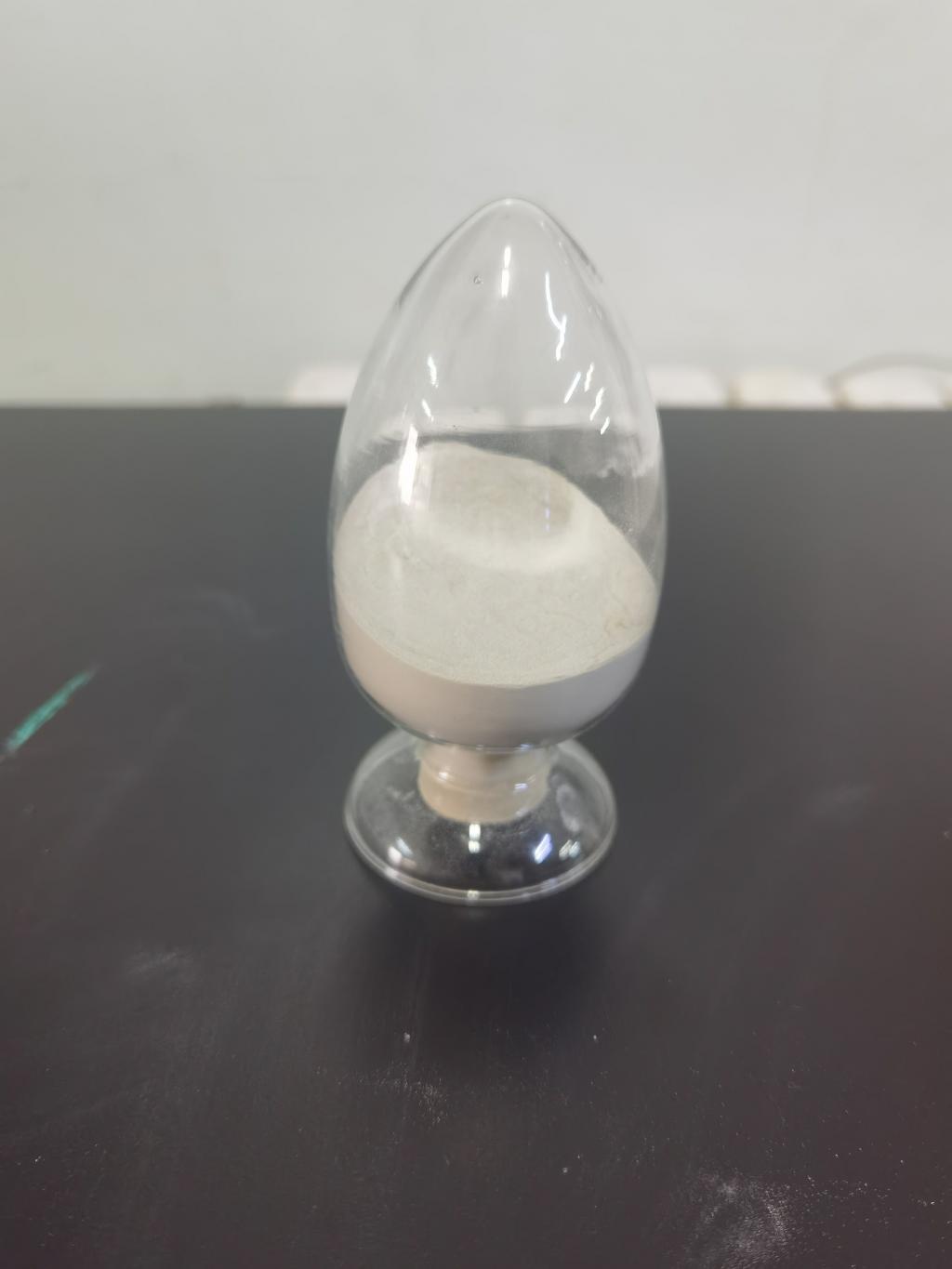Tel:+8618231198596

News
 CONTACT
CONTACT
 CONTACT
CONTACT
- Linkman:Linda Yao
- Tel: +8618231198596
- Email:linda.yao@dcpharma.cn
- Linkman:CHARLES.WANG
- Department:Overseas
- Tel: 0086 0311-85537378 0086 0311-85539701
News
Current Position:
Home >
News
>Nisin's Influence on Culinary Trends: Shaping the Future of Healthy Eating
Nisin's Influence on Culinary Trends: Shaping the Future of Healthy Eating
TIME:2024-02-19
I. Nisin: A Natural Antimicrobial Peptide
A. Historical Context and Discovery:
Nisin, first discovered in the early 20th century, is a naturally occurring antimicrobial peptide produced by certain strains of Lactococcus lactis bacteria. Its historical use in food preservation, particularly in dairy products, laid the foundation for its recognition as a safe and effective natural preservative. As the culinary landscape evolves, nisin is now gaining prominence for its role beyond preservation – as a catalyst for healthier eating.
B. Mechanism of Action:
Nisin's antimicrobial properties stem from its ability to disrupt the cell membrane of susceptible bacteria, leading to cell death. This targeted mechanism makes it effective against a broad spectrum of Gram-positive bacteria, including some foodborne pathogens. The specificity of its action enhances its safety profile, making it suitable for use in various culinary applications.
II. Nisin and the Paradigm of Healthy Eating
A. The Shift Towards Natural Preservatives:
Consumer preferences are evolving, with a growing demand for natural and minimally processed foods. Nisin, derived from fermentation processes, aligns seamlessly with this shift, offering a preservative solution that meets the demand for clean labels and transparent ingredient lists. Its natural origin and safety profile contribute to the paradigm of healthy eating by promoting a more wholesome approach to food preservation.
B. Reduction of Chemical Additives:
Nisin's efficacy as a preservative allows for the reduction or elimination of synthetic chemical additives in food products. This reduction aligns with the global movement towards cleaner eating, where consumers seek products with fewer artificial preservatives, colors, and flavor enhancers. Nisin's influence is evident in the reformulation of a wide range of culinary offerings to meet these changing expectations.
III. Nisin in Culinary Applications
A. Dairy and Fermented Products:
Nisin's traditional association with dairy products continues to be a significant aspect of its culinary application. From cheese to yogurt, its role in extending the shelf life of these products while maintaining their integrity has been pivotal. Additionally, its compatibility with the fermentation process contributes to the rich and diverse flavors characteristic of these items.
B. Meat and Poultry:
In the meat and poultry industry, nisin has emerged as a key player in combating spoilage and pathogenic bacteria. Its use in marinades, coatings, and even within packaging materials has become commonplace, ensuring the safety and quality of these protein sources. Nisin's influence extends beyond preservation, contributing to the overall health-centric narrative in the meat industry.
C. Plant-Based and Alternative Proteins:
As plant-based and alternative proteins gain popularity, the challenges associated with microbial risks and shelf life become more apparent. Nisin's compatibility with these protein sources provides an effective solution to enhance their safety and extend their shelf life. Whether incorporated into formulations or applied as a surface treatment, nisin contributes to the success of plant-based products in the market.
IV. Culinary Innovations and Consumer Acceptance
A. Fusion of Tradition and Innovation:
Culinary trends are often marked by a fusion of tradition and innovation. Nisin's incorporation into culinary practices exemplifies this synergy, as it bridges the gap between time-honored preservation techniques and modern consumer expectations. The seamless integration of nisin into diverse cuisines and culinary traditions showcases its versatility and adaptability.
B. Consumer Education and Awareness:
The successful integration of nisin into culinary trends relies on consumer education and awareness. Communicating the benefits of nisin, its natural origin, and its contribution to healthier eating is crucial for fostering acceptance. As consumers become more informed, their preferences for products containing natural preservatives like nisin are likely to increase, further influencing culinary trends.
V. Challenges and Future Directions
While nisin has made significant strides in shaping culinary trends towards healthier eating, challenges remain. Overcoming regulatory hurdles, optimizing formulations, and addressing potential consumer misconceptions are ongoing efforts. Future research should focus on expanding the applications of nisin, refining its delivery systems, and exploring synergies with other natural preservatives to continue driving positive changes in the culinary landscape.
VI. Conclusion
Nisin's influence on culinary trends is a testament to its potential in shaping the future of healthy eating. As a natural preservative, it not only addresses the need for effective food preservation but also aligns with the broader shift towards cleaner, more transparent food choices. The ongoing collaboration between food scientists, culinary experts, and consumers will play a crucial role in maximizing the impact of nisin on the culinary landscape, ultimately contributing to a healthier and more sustainable approach to eating.
- Tel:+8618231198596
- Whatsapp:18231198596
- Chat With Skype







